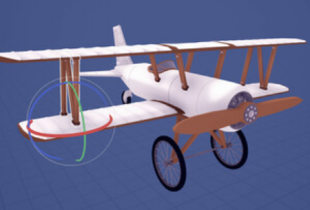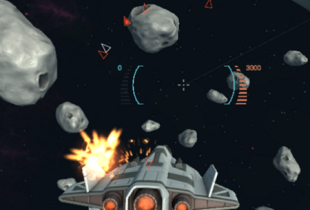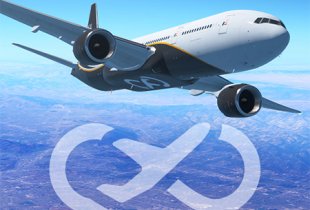Game description:
Space Simulator is a spaceflight program that replicates orbital and interplanetary motion through a realistic physics model. The user operates spacecraft under the same physical laws that govern actual missions, focusing on trajectory control and resource management. The system calculates motion in three dimensions, taking into account mass, thrust, and gravitational influence. Each mission requires careful planning before launch and precise execution once in flight.
Flight Control And Orbital Systems
Every mission in Space Simulator begins with a structured sequence that involves launch, orbit establishment, and navigation. The player must manage thrust, attitude, and fuel use to maintain a desired path. Gravity from nearby bodies alters the spacecraft’s movement, so all maneuvers depend on correct timing. The control interface provides instruments for monitoring position and velocity, and guidance systems assist in adjusting to stable orbits. Docking and landing operations depend entirely on accuracy and timing rather than automated shortcuts.
Vehicle Components And Function
Space Simulator includes a set of spacecraft that represent different designs and purposes. Each one is built from modular elements that can be combined or modified to match mission goals. Players can select between single-stage craft for short missions or multi-stage vehicles for long-distance travel.
Main spacecraft elements available in Space Simulator include:
· propulsion systems and fuel stages
· command and service modules
· navigation and telemetry units
· heat shields and landing gear
· solar panels and communication systems
All components work under the same physical rules, meaning their efficiency and durability depend on how they are used throughout the mission.
Mission Creation And Data Monitoring
The simulator supports both preset and custom missions. Users can configure parameters such as launch coordinates, orbital inclination, and target destination. The telemetry display records altitude, acceleration, and fuel levels in real time. Visual trajectory lines show predicted orbits and possible intersection points. This information allows the user to evaluate performance and correct flight paths. Completed missions can be reviewed to identify navigation errors or optimize resource consumption for future flights.
Space Simulator functions as a complete model of space navigation where every outcome is determined by calculation and control. It provides an environment for understanding the principles of motion beyond Earth through practice and observation. The player’s success depends on precision, timing, and awareness of orbital relationships that define real space travel.
























































































































































Comments